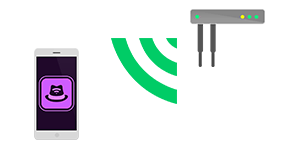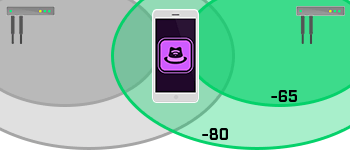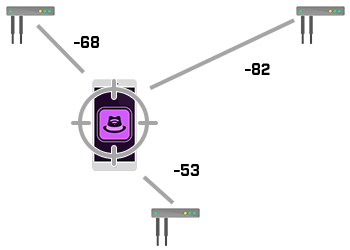Secondary access point coverage is recommended for proper roaming.
Clients that use WiFi can experience a number of issues that can affect the speed and performance of a wireless network. Below, we have listed out a variety of simple tests that give users a basic look at client health. While additional tests may be needed to fully troubleshoot an issue, the following tests are a great starting point.
RSSI / Signal Strength
Received signal strength (RSSI) is the power of the AP’s signal as it reaches the device (mobile phone, laptop, etc.).

2nd Access Point Coverage
Second access point (AP) coverage allows users to roam from AP to AP without losing significant signal. This means that there is no interruption to the connection when the device is switching to the next closest AP.

3rd Access Point Coverage
Third access point (AP) coverage ensures that at least three different APs can see a device. That allows for triangulation of devices location.

